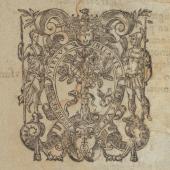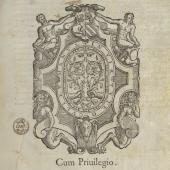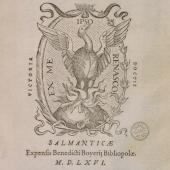Defending human rights (2): the Salamanca School of the sixteenth century
800 years of Dominican books
The Dominican priory of San Esteban at Salamanca was a major centre of philosophical and theological study in sixteenth-century Spain and a hub where people moving to and from the Americas debated issues thrown up by an overseas empire. One friar, Tomás de Mercado, entered the Order in Mexico, where he taught before being sent for advanced study at Salamanca. Mercado published in 1571 a treatise on business ethics, the Summa de Tratos y Contratos, which discussed questions arising from the growth of colonial commerce, including the Portuguese trade in African slaves. Influenced by Aristotle, Mercado did not condemn all ownership of slaves as unjust, but strictly limited the grounds legitimating enslavement and how slaves were to be treated.
Two friars in particular, Francisco de Vitoria and Domingo de Soto, held chairs in Theology at the city’s university, and developed the arguments used by Las Casas and others to defend the rights of indigenous peoples in the Americas. Vitoria and Soto strongly influenced later writers on human rights and international law, especially the Jesuit theologian Francisco Suárez, and the Protestant Hugo Grotius who published his De jure Belli et Pacis in 1625.


